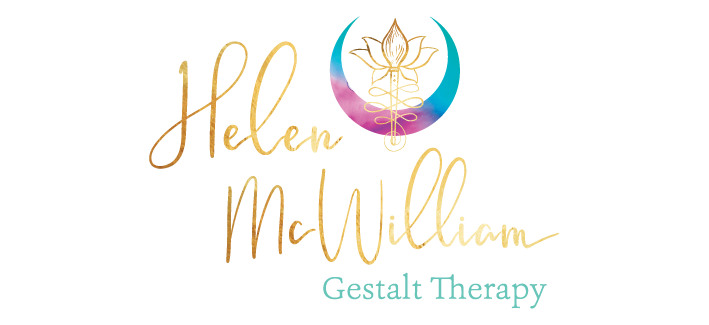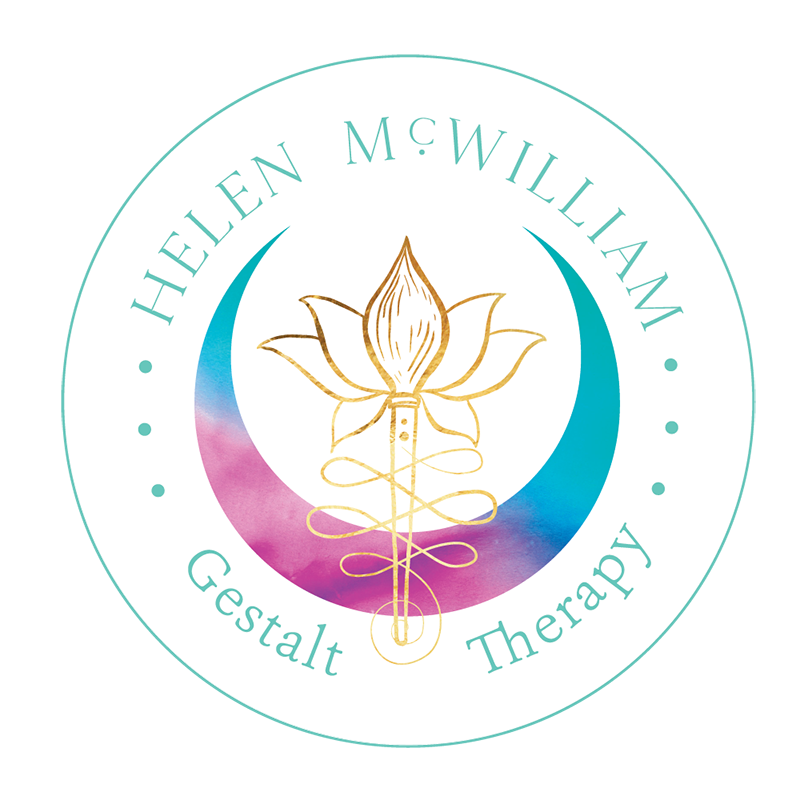What is Gestalt therapy? Gestalt philosophy, theory and the therapy space
Gestalt Philosophy, Theory, and the Therapy Space
Gestalt therapy emerged in the 1940s and 50s as a fresh, dynamic response to the limitations of Freudian psychoanalysis, which privileged the expertise of the analyst. Gestalt turned the focus back to the immediacy of human experience—the living moment between client and therapist, where insight arises naturally from presence and connection.
Rather than interpreting from a distance, Gestalt therapy invites a sharpening of perception: to feel, see, and know one’s experience in its totality (Yontef & Jacobs, 2000). In this article, I explore the vibrant, relational, and deeply human foundations of Gestalt therapy—the heart of the work I love.
Holism: Treating the Person as a Whole
Gestalt therapy sees people not as a collection of separate parts, but as whole beings—body, mind, soul, language, spirit—woven together. Life often teaches us to split off parts of ourselves: to ignore the body’s signals, to hide emotions, to overthink instead of feel. In Gestalt therapy, we work gently to reunite what has been divided, trusting in the natural, self-regulating wisdom that wants to move us toward wholeness. We don’t “fix” people. We accompany them as they reconnect with parts of themselves that have been silenced, forgotten, or hidden away.
Organismic Self-Regulation: Trusting Our Inner Compass
At the core of Gestalt theory is the beautiful idea that we are inherently self-organizing beings. Our needs, when heard and honoured, guide us toward balance and vitality. But in a busy or painful world, we can lose touch with what we need. We may stop noticing hunger, grief, joy, restlessness. In therapy, part of the work is helping clients slow down, listen again, and trust what arises. As we learn to feel our discomforts and respond with awareness, we come back into a more fluid, alive relationship with ourselves and our environment.
Phenomenology and Present-Centred Awareness
One of the gifts of Gestalt therapy is the emphasis on being here and now. In the therapy room, we explore what is alive in the moment: sensations, emotions, thoughts, memories, images, dreams. Often, we move naturally from body awareness into meaning-making, connecting the threads of past, present, and future that are vibrating right now in the client’s world. Presence is not about perfection. It’s about daring to notice—with compassion—what’s already unfolding within and between us.
The Therapeutic Relationship: A Space for Meeting
The therapeutic relationship in Gestalt therapy is not clinical or distant. It’s real, alive, and co-created, moment by moment. Practicalities like fees and scheduling matter, of course. But the deeper work is about contact: being willing to meet the client where they are, with openness, attunement, and respect for their unfolding process. I often think of therapy as a kind of shared listening—both of us listening together to the life that wants to emerge.
Existential Dialogue: Inviting Curiosity and Responsibility
Existential dialogue invites clients to explore not just what they believe, but how they live those beliefs. As therapists, we offer perspectives, not prescriptions. We walk alongside, gently opening spaces for new possibilities. We trust in the client’s capacity for growth, authenticity, and meaningful choice. This kind of dialogue isn’t about having all the answers. It’s about creating a space where deeper questions can arise and be lived into.
Field Theory: We Are Never Separate
Gestalt therapy teaches that we are never separate from our environment. Everything that shapes a client’s current experience—family, culture, relationships, history—is part of the field we attend to. In therapy, we don’t isolate symptoms. We stay curious about the whole context: what is happening here and now in the client’s life, and between us in the therapy room. The therapy space itself becomes part of the field—an unfolding relational dance of gestures, pauses, emotions, silences—where change can happen naturally.
The Paradoxical Theory of Change: Becoming More Fully Ourselves
This central tenet of Gestalt therapy holds that change happens not by trying to be different, but by becoming more fully who we already are. In therapy, this means attending to what is present—sensations, feelings, longings, resistances—and trusting that awareness itself gently shifts the field. Real change arises naturally from presence, not from force.
At the same time, I hold with deep respect that the ways my clients have learned to be in the world—compartmentalizing feelings, withdrawing, striving—have often been hard-won strategies that helped them stay safe. I can only invite this kind of deep work when I feel the client has enough safety and support to explore it. Together, we listen for the rhythms of readiness, honouring the protective patterns that have served them so far, and moving at a pace that feels safe, compassionate, and true to their unfolding.
Experimentation: The Courage to Try Something New
Gestalt therapy is alive with experimentation—playful, creative ways to explore new possibilities. Experiments might involve movement, drawing, dialogue with different parts of the self, or trying out a new way of being in relationship. They invite clients to step outside familiar patterns and experience themselves differently. An experiment isn’t a performance—it’s an invitation to curiosity, embodied discovery, and growth.
Conclusion: A Path Toward Wholeness
Gestalt therapy offers something simple yet profound: a space to slow down, to listen, to meet what is truly here. It honours the client’s courage, creativity, and natural movement toward healing. It invites a reconnection with the authenticity that is never truly lost, only waiting to be remembered. In this work, I am often humbled by the beauty of what unfolds. Gestalt therapy reminds me again and again: we are not problems to be solved. We are living beings, full of potential, mystery, and possibility. Gestalt therapy is not about fixing what’s broken—it’s about discovering what is alive. It’s about slowing down enough to notice what’s already here, and daring to meet it with curiosity, care, and the creative possibility of change.
If you would like to know more about Gestalt therapy visit my frequently asked questions page or please feel free to send a message through the contact page.
References
Beisser, A. (1970). The paradoxical theory of change.
Clarkson, P. & Mackewn, J. (1993). Fritz Perls. London: Sage Press.
Joyce, P. & Sills, C. (2010). Skills in Gestalt Counselling & Psychotherapy. London: Sage Press.
Yontef, G., & Jacobs, L. (2000). Gestalt Therapy. In Corsini & Wedding (Eds.), Current Psychotherapies.
Zinker, J. (1978). Creative Process in Gestalt Therapy. New York: Vintage Books.


